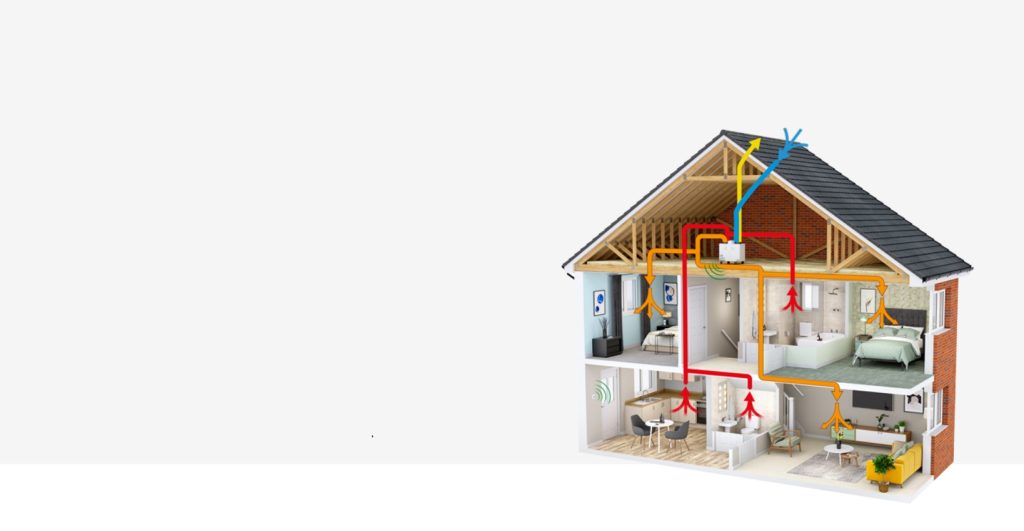Dr Barbara Lane’s report adds strength to DHF’s campaign
The DHF (Door & Hardware Federation) has welcomed a series of findings into the Grenfell Tower blaze by chartered fire safety engineer, Dr Barbara Lane.
Dr Lane, who has presented her conclusions in a comprehensive report, gave evidence to Sir Martin Moore-Bick’s public inquiry on June 18, in which she listed a number of failed safety regulations that she believes contributed to the significant loss of life.
In particular, DHF has saluted her findings pertaining to the inadequacy of the tower’s fire doors, described by Dr Lane as “a crucial element of the stay-put strategy, as they represent an opportunity for weak spots to form in the fire-resistant partitions that separate a flat fire from occupants either on that floor where the fire has started, or occupants in the flat above the floor where the fire has started.” This is something DHF says it has been emphasising for many months.
“Compartmentation is vital and plays an important role in passive fire protection”, says DHF’s chief executive, Bob Perry, “The need for compliant fire-resistant doorsets is crucial, and as Dr Lane has stated, the non-compliance of the flat entrance fire doors would have contributed to the failure to prevent the spread of fire and hot smoke from the flat to the lobby.”
“Additionally,” continues Perry, “she highlights that faulty fire doors mean faulty compartmentation, and compartmentation is the primary basis of the stay-put strategy.”
The simplest way of achieving compliancy is by making it mandatory for third-party certification of companies manufacturing, installing, repairing or inspecting fire-resisting doorsets and is something DHF will continue to strive for. Under UKAS, accredited third- party certification auditing and traceability procedures for fire doors, unauthorised substitution of compliant fire-tested door materials and components which may lead to failure under exposure to fire, are tightly controlled and generally prevented.
DHF says it has actively lobbied for many months for changes in regulations and included this in its report to the Industry Response Group, with the Tamworth-based trade association working continuously to highlight the importance of compartmentation, issues surrounding poorly or ill-fitted door closers, as well as the need for compliant letter plates, locks and door hinges.
During her own visit to the site, Dr Lane observed that the installed doors contained different locks, hinges, letter plates and self-closers, which she believes significantly affected the performance of the door, by reducing its burn time. She concluded that the fire doors and their lack of performance, contributed significantly to the spread of smoke, and fire, to the lobbies, with this failure affecting the ability or willingness of occupants to escape independently through this space to the stairs.
“The industry has got to do better to ensure that compliant, safe and regulated products are put on the market, and are installed and maintained or repaired by credible, trained people who adhere to the regulations,” says Bob. “For the past year, we have learned the heart-breaking details surrounding this disaster, and the preventative measures that could have been taken to save lives. This report adds further weight to our on-going campaign, so that a disaster like Grenfell never happens again.”



















